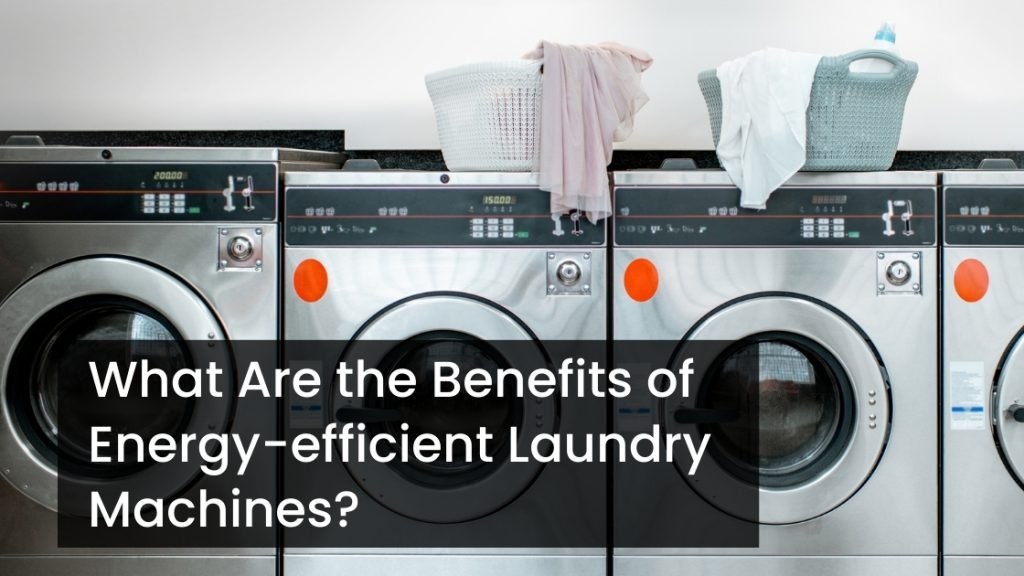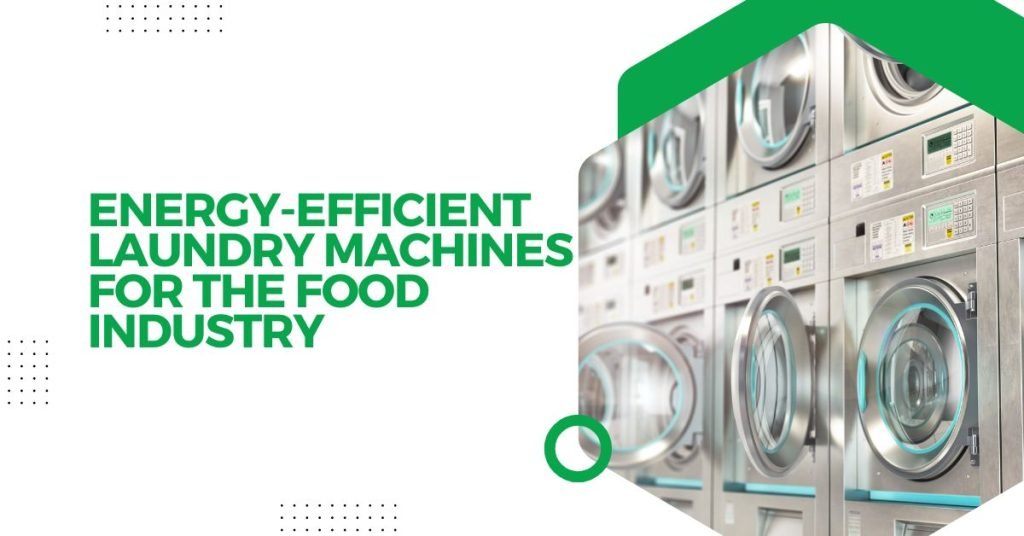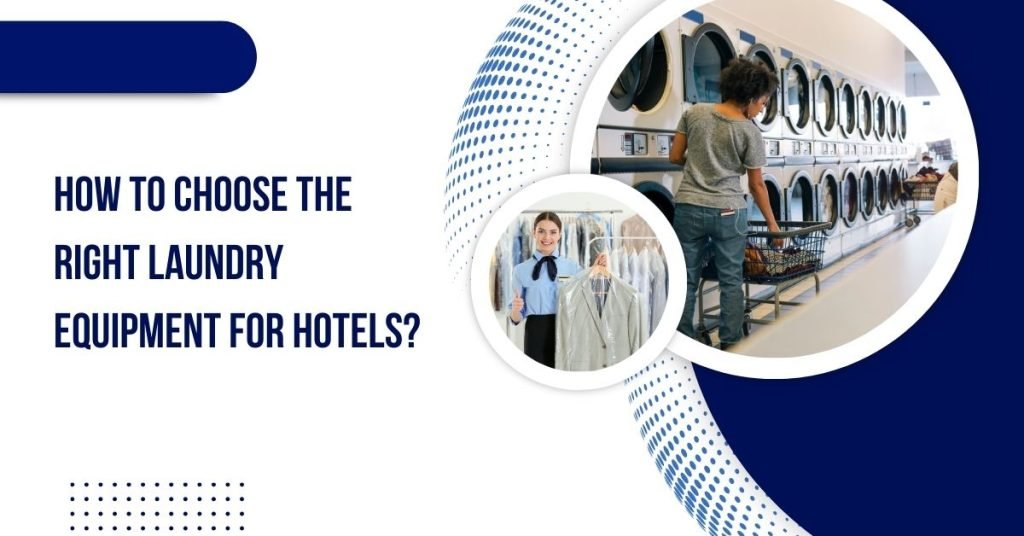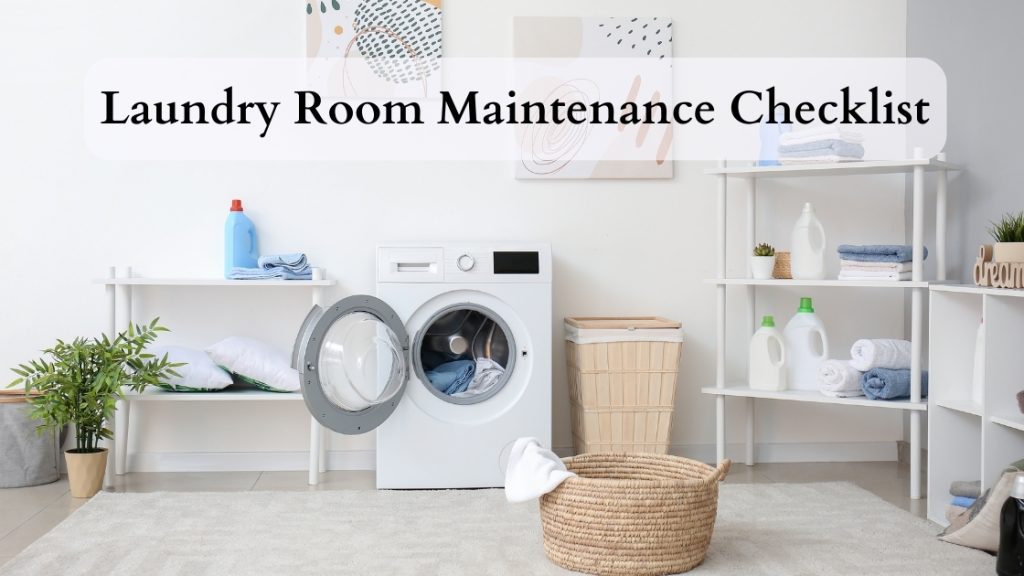Currently Empty: $0.00
10 Common Laundry Equipment Problems & Solutions
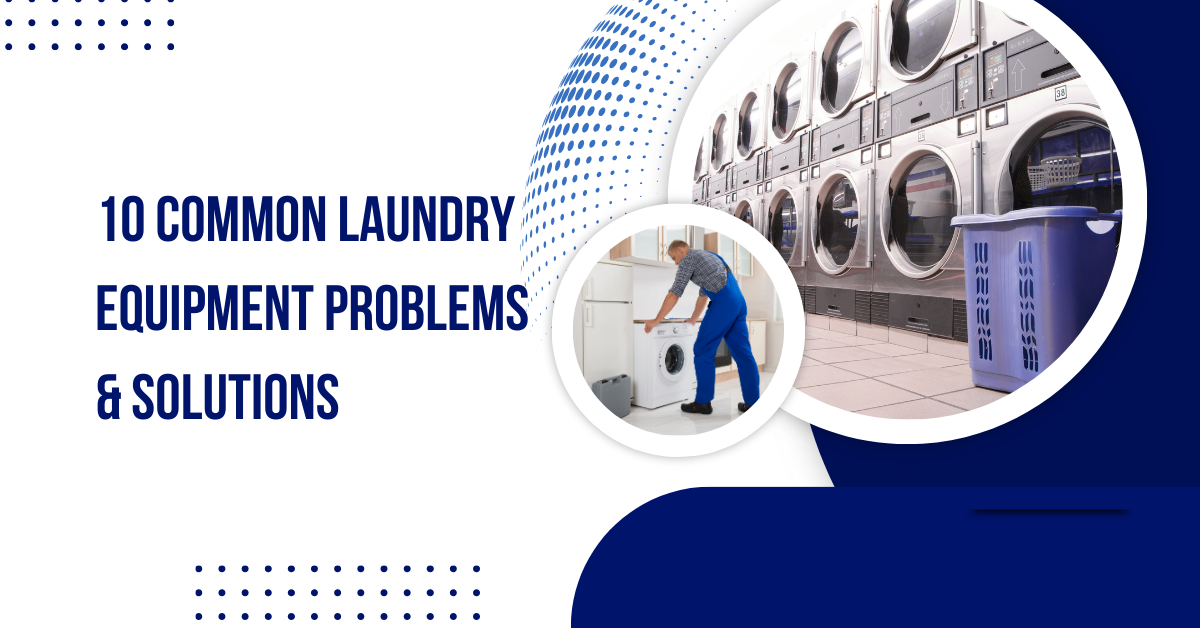
Commercial laundry equipment is a cornerstone of businesses in the hospitality, healthcare, and textile industries. Ensuring these machines operate efficiently is crucial for maintaining smooth operations and providing high-quality service. However, like all machinery, commercial laundry equipment can encounter a variety of issues that may disrupt service.Running a commercial laundry operation comes with its own set of challenges, especially when it comes to maintaining the equipment.
What Are The Common Issues With Commercial Laundry Equipment Issues?
1. Washer Not Starting
A washer that fails to start can be a significant setback in any commercial laundry setting. The most common causes include power issues, faulty door locks, or issues with the control board. First, check the power supply to ensure the machine is properly plugged in and that the circuit breaker hasn’t tripped. If the power supply is fine, inspect the door lock mechanism; a washer won’t start if it detects that the door isn’t securely closed. Faulty door locks should be replaced. If these solutions don’t work, the problem may lie with the control board, which might require professional diagnosis and repair.
2. Dryer Not Heating
A dryer that doesn’t heat is ineffective at its primary function. This issue can stem from several sources: a tripped thermal fuse, a faulty heating element, or issues with the thermostat. Start by checking the thermal fuse and replacing it if it’s blown. Next, inspect the heating element for any signs of damage and replace it if necessary. Additionally, ensure the thermostat is functioning correctly. Regular maintenance and cleaning of the lint filter and exhaust vent can prevent these issues by ensuring proper airflow and reducing the risk of overheating.
3. Excessive Vibration and Noise
Excessive vibration and noise during operation are common complaints with commercial laundry equipment. This issue often results from an unbalanced load, worn-out shock absorbers, or a malfunctioning drum bearing. First, ensure the machine is level and the load is balanced. If the problem persists, inspect the shock absorbers and drum bearings. Worn or damaged components should be replaced to restore the machine’s stability and quiet operation. Regular maintenance and balancing loads can prevent these issues from recurring.
4. Water Leaks
Water leaks can cause significant damage to both the machine and the surrounding area. Leaks typically occur due to issues with the door seal, hoses, or water inlet valve. Inspect the door seal for any cracks or signs of wear and replace it if necessary. Check all hoses for leaks or loose connections and tighten or replace them as needed. Finally, ensure the water inlet valve is functioning correctly and replace it if it’s faulty. Regularly inspecting these components can help prevent leaks and maintain the machine’s efficiency.
5. Clothes Not Drying Properly
When clothes don’t dry properly, it can be frustrating and time-consuming. This problem often arises from a clogged lint filter, obstructed exhaust vent, or malfunctioning moisture sensor. Start by cleaning the lint filter and ensuring the exhaust vent is clear of obstructions. If the problem persists, check the moisture sensor and replace it if it’s not working correctly. Regular maintenance, such as cleaning the lint filter and exhaust vent, can prevent this issue and ensure the dryer operates efficiently.
6. Washer Drum Not Spinning
A washer drum that doesn’t spin can leave clothes soaking wet and heavy. This issue can be caused by a faulty lid switch, broken drive belt, or malfunctioning motor. First, check the lid switch to ensure it’s functioning correctly; replace it if necessary. Next, inspect the drive belt for any signs of wear or damage and replace it if needed. If these solutions don’t work, the problem may lie with the motor, which might require professional repair or replacement. Regular maintenance and inspections can help identify and address these issues before they cause significant disruptions.
7. Error Codes Displayed
Modern commercial laundry machines often display error codes to indicate specific issues. While these codes can be helpful, they can also be confusing if you don’t know what they mean. Refer to the machine’s manual to decipher the error code and identify the underlying issue. Common error codes may indicate problems with the water supply, door lock, or control board. Addressing the specific issue indicated by the error code can resolve the problem and restore the machine’s functionality. Regular maintenance and timely repairs can prevent many issues that trigger error codes.
8. Poor Cleaning Performance
Poor cleaning performance can result in unsatisfactory laundry outcomes, which can be detrimental in a commercial setting. This issue may be caused by using the wrong type or amount of detergent, a clogged detergent dispenser, or a malfunctioning water pump. Ensure you’re using the appropriate detergent for your machine and load size. Clean the detergent dispenser regularly to prevent clogs. If the problem persists, check the water pump for any signs of malfunction and replace it if necessary. Regular machine maintenance and using the correct detergent can improve cleaning performance.
9. Overheating Issues
Overheating can damage both the laundry machine and the clothes being washed or dried. This issue often arises from clogged lint filters, obstructed vents, or malfunctioning thermostats. Regularly clean the lint filters and ensure the vents are clear of obstructions. Inspect the thermostat to ensure it’s functioning correctly and replace it if necessary. Overheating issues can also be prevented by avoiding overloading the machine and ensuring proper ventilation around the equipment. Regular maintenance and inspections can help identify and address potential overheating issues.
10. Machine Shuts Down Mid-Cycle
A machine that shuts down mid-cycle can disrupt operations and cause delays. This problem can be caused by power supply issues, overheating, or problems with the control board. First, check the power supply and ensure the machine is properly plugged in and the circuit breaker hasn’t tripped. If the power supply is fine, inspect the machine for signs of overheating and ensure proper ventilation. If the problem persists, the issue may lie with the control board, which might require professional diagnosis and repair. Regular maintenance and ensuring proper ventilation can prevent this issue.
Need Help with Washing Machine Problems?
If you’re facing persistent issues with your commercial laundry equipment despite your best efforts, it may be time to seek professional help. Expert technicians can diagnose and repair complex issues that are beyond your capacity to fix. Regular servicing by professionals can also help maintain your machines’ efficiency and extend their lifespan, ensuring that your business runs smoothly and effectively. For specialized assistance, consider commercial laundry equipment repair in Birmingham AL where experienced professionals are available to keep your equipment in optimal condition.
Conclusion
Commercial laundry equipment is essential for many businesses, and keeping these machines in good working order is crucial for maintaining high service standards. By understanding common issues and their solutions, you can address issues promptly and prevent major disruptions to your operations. Regular maintenance, timely repairs, and professional servicing are key to ensuring the longevity and efficiency of your commercial laundry equipment.





